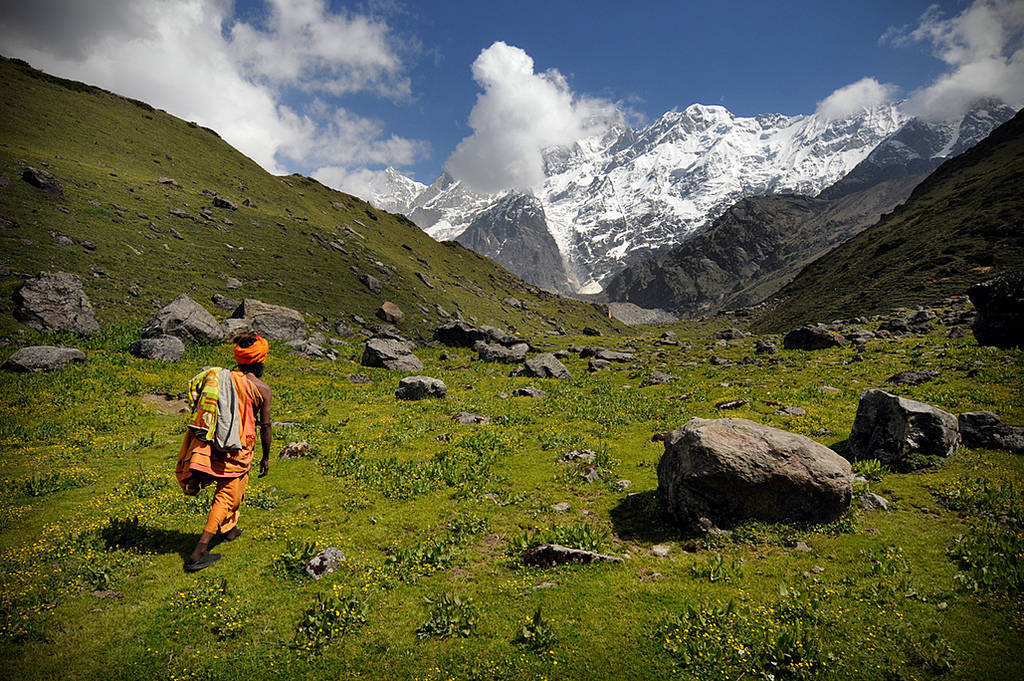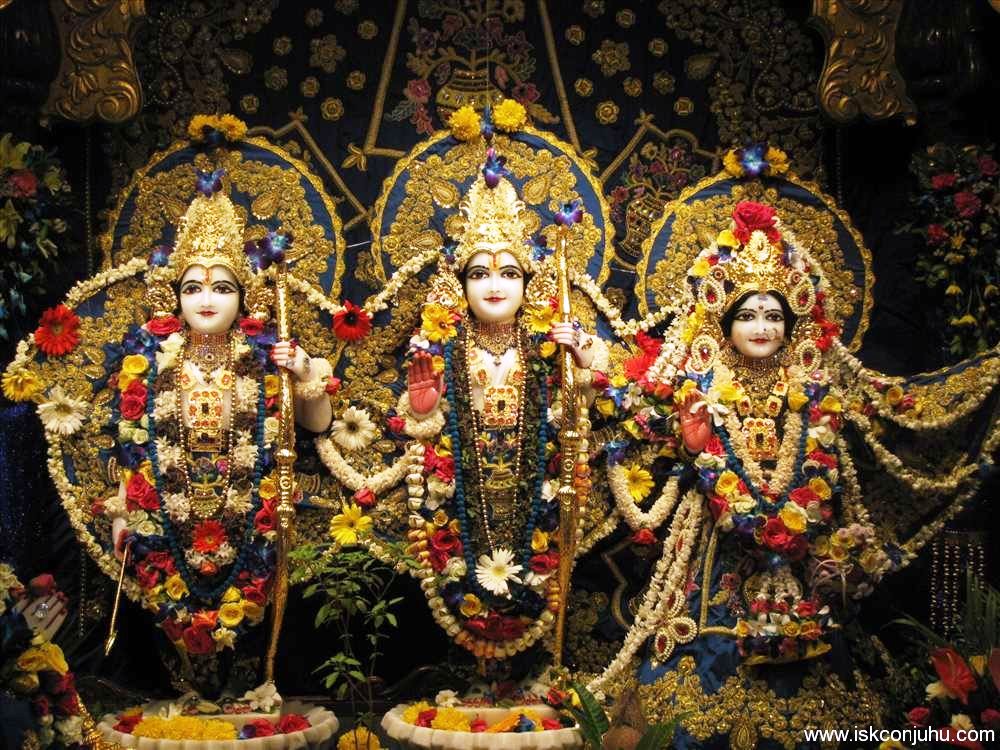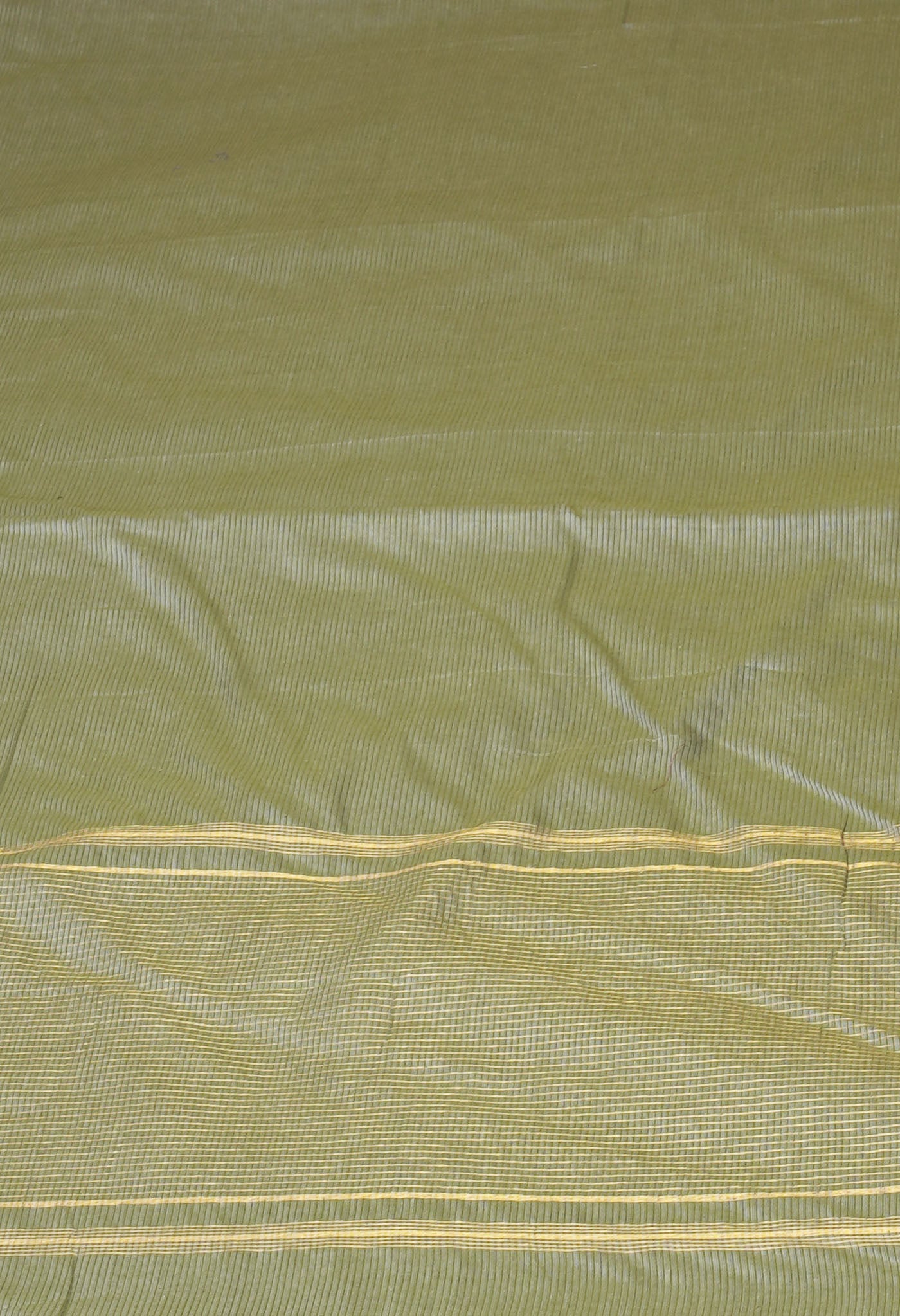
Kedarnath – The resilient spirit of India
[gallery type="slideshow" link="none" ids="4576,4575,4572,4573,4578,4574,4577"]
June 16th to 18th 2013, is the three-day ordeal that the residents and the lakhs of visitors to Kedarnath at that time will remember for life.
The days when nature unleashed its fury and showed its might by cloud bursts that resulted in mammoth landslides and flash floods that left an officially announced 210 plus dead and close to a lakh people stranded in the Kedarnath valley.
The worst affected of the Char Dhams of the pilgrimage tour, Kedarnath had massive boulders and huge rocks flattening most structures around the temple which stood lone and unharmed despite the destruction all around.
Perhaps it was the Bhakti or faith of the devotees that made God spare the structure from being damaged or demolished, so that they could visit it again another day.
The other Dhams were affected to a lesser degree and Badrinath itself reeled from a massive cut-off from civilization for a few days during this calamitous period.
Religion has always been foremost in Hindu lives, where it is a way of life; an unshaken faith that persists despite the trials and tribulations. Nurtured by tradition yet practiced unquestioningly, it is the belief that some sins had been committed or a wrong been done that spurs the extraordinary efforts to try and correct a situation.
Despite the mammoth task that lay ahead and dependent mostly on the resilience of Hindu devotees to re-visit the Char Dhams (four religious destinations of a cluster), the belief gave strength and courage to the Government to have the gates of these Dhams thrown open to the public in less than a year.
Almost a year later, on May 2nd will be the religious rituals at Gangotri and Yamnotri (two of the four Dhams). The religious offerings shall be made on 4th at Kedarnath followed by one more ceremony at Badrinath the next day.
Scheduled and readied with massive inputs from the Govt. of Uttaranchal and the temple priests of these Dhams, the entire task force of Army, Air Force, ITBP, the police forces, Disaster Management Cell and a lot of NGOs and voluntary agencies are ready and better prepared mentally and physically to face any repeats of last year, though fully aware that when Nature is angry one must only submit to its mercy.
Let us see the preparedness of this big team.
- The CM Harish Rawat has assured that arrangements are in place for visits upto 1000 pilgrims per day at Kedarnath with facilities of pre-fabricated structures, food and power available, catering to this number.
- There are watch towers at short intervals in stretches close to the Char Dhams and intermediate points, with good tele-communication facilities throughout to relay changes in the weather and co-ordinate with the control rooms at each of the dhams.
- The biometric system has been introduced and registration of essential personal details and mobile number made compulsory this time at three notified points.
- There are elaborate arrangements for the temple rituals and various ceremonies that take place each year as usual. If what has taken a beating, it is the limited facilities for stay and the period of stay for each, so that maximum people could be accommodated in the current circumstances.
- There are temporary and make-shift structures that have come up to take care of visitors to ease their difficult journey, which is going to be even more this year.
In retrospect one also learns the possible causes that could have led to this calamity. Recent studies by the Himalayan Geological Department of India, including that of the disaster in and round the Kedarnath valley have certain conclusive findings that they believe urgently require corrective action.
- Anthropogenic activities are actions created by people or caused as a result of human activity or influenced by humans. The outcomes of such anthropogenic activities have created such disasters as like the recent tragedy at Kedarnath and its surrounding areas.
- The frequency or occurrence of such activities is on the increase because of it being a pilgrimage spot and tourist destination.
- Structures for inhabitation are mushrooming due to development of the centre as a means of earning and source of livelihood for the locals. Naturally this has led to flouting of rules and relaxed precautionary measures as regards structures haphazardly erected on the uneven terrain.
- The outcome of such actions is that the course of the flowing rivers through the valley has altered over a passage of time and with limited outlets for the water to safely pass by, posed a hazard in the bargain for the local situation.
- The Kedarnath disaster on June 16 last year was a result of excess rainfall or a deluge in the form of a sudden cloudburst that swelled up the rivers to beyond breaking point and caused the tragedy in the form of landslides and boulder crashes and also land areas being washed away.
Nature is generous with its bounty. It never seeks anything but its good use in return. If Man does not heed its wisdom and tries to take things into his own hands, either by defying it, or subjecting it to his whims and fancies, he but jeopardizes his own fate by reaping the just rewards of his follies.
If only the government had planned it as a place of pilgrimage more for the purpose of the devotees to come and offer their obeisance to the deity than trying to capitalize on their liberal showering in the devout practices as a source of commercial gains , maybe things would have been very much different.
If one must feel sorry for anybody, it should be for the locals for whom life in the aftermath of the tragedy has never been the same. Entirely dependent on the decent earnings during the pilgrimage season for the rest of the year, it is one big climb for them before things could be on track as before.
For now they can only hope that the Maker shower his benevolence on them by getting more and more people to have change of heart and pay a visit as usual to the Char Dhams this year.
June 16th to 18th 2013, is the three-day ordeal that the residents and the lakhs of visitors to Kedarnath at that time will remember for life.
The days when nature unleashed its fury and showed its might by cloud bursts that resulted in mammoth landslides and flash floods that left an officially announced 210 plus dead and close to a lakh people stranded in the Kedarnath valley.
The worst affected of the Char Dhams of the pilgrimage tour, Kedarnath had massive boulders and huge rocks flattening most structures around the temple which stood lone and unharmed despite the destruction all around.
Perhaps it was the Bhakti or faith of the devotees that made God spare the structure from being damaged or demolished, so that they could visit it again another day.
The other Dhams were affected to a lesser degree and Badrinath itself reeled from a massive cut-off from civilization for a few days during this calamitous period.
Religion has always been foremost in Hindu lives, where it is a way of life; an unshaken faith that persists despite the trials and tribulations. Nurtured by tradition yet practiced unquestioningly, it is the belief that some sins had been committed or a wrong been done that spurs the extraordinary efforts to try and correct a situation.
Despite the mammoth task that lay ahead and dependent mostly on the resilience of Hindu devotees to re-visit the Char Dhams (four religious destinations of a cluster), the belief gave strength and courage to the Government to have the gates of these Dhams thrown open to the public in less than a year.
Almost a year later, on May 2nd will be the religious rituals at Gangotri and Yamnotri (two of the four Dhams). The religious offerings shall be made on 4th at Kedarnath followed by one more ceremony at Badrinath the next day.
Scheduled and readied with massive inputs from the Govt. of Uttaranchal and the temple priests of these Dhams, the entire task force of Army, Air Force, ITBP, the police forces, Disaster Management Cell and a lot of NGOs and voluntary agencies are ready and better prepared mentally and physically to face any repeats of last year, though fully aware that when Nature is angry one must only submit to its mercy.
Let us see the preparedness of this big team.
- The CM Harish Rawat has assured that arrangements are in place for visits upto 1000 pilgrims per day at Kedarnath with facilities of pre-fabricated structures, food and power available, catering to this number.
- There are watch towers at short intervals in stretches close to the Char Dhams and intermediate points, with good tele-communication facilities throughout to relay changes in the weather and co-ordinate with the control rooms at each of the dhams.
- The biometric system has been introduced and registration of essential personal details and mobile number made compulsory this time at three notified points.
- There are elaborate arrangements for the temple rituals and various ceremonies that take place each year as usual. If what has taken a beating, it is the limited facilities for stay and the period of stay for each, so that maximum people could be accommodated in the current circumstances.
- There are temporary and make-shift structures that have come up to take care of visitors to ease their difficult journey, which is going to be even more this year.
In retrospect one also learns the possible causes that could have led to this calamity. Recent studies by the Himalayan Geological Department of India, including that of the disaster in and round the Kedarnath valley have certain conclusive findings that they believe urgently require corrective action.
- Anthropogenic activities are actions created by people or caused as a result of human activity or influenced by humans. The outcomes of such anthropogenic activities have created such disasters as like the recent tragedy at Kedarnath and its surrounding areas.
- The frequency or occurrence of such activities is on the increase because of it being a pilgrimage spot and tourist destination.
- Structures for inhabitation are mushrooming due to development of the centre as a means of earning and source of livelihood for the locals. Naturally this has led to flouting of rules and relaxed precautionary measures as regards structures haphazardly erected on the uneven terrain.
- The outcome of such actions is that the course of the flowing rivers through the valley has altered over a passage of time and with limited outlets for the water to safely pass by, posed a hazard in the bargain for the local situation.
- The Kedarnath disaster on June 16 last year was a result of excess rainfall or a deluge in the form of a sudden cloudburst that swelled up the rivers to beyond breaking point and caused the tragedy in the form of landslides and boulder crashes and also land areas being washed away.
Nature is generous with its bounty. It never seeks anything but its good use in return. If Man does not heed its wisdom and tries to take things into his own hands, either by defying it, or subjecting it to his whims and fancies, he but jeopardizes his own fate by reaping the just rewards of his follies.
If only the government had planned it as a place of pilgrimage more for the purpose of the devotees to come and offer their obeisance to the deity than trying to capitalize on their liberal showering in the devout practices as a source of commercial gains , maybe things would have been very much different.
If one must feel sorry for anybody, it should be for the locals for whom life in the aftermath of the tragedy has never been the same. Entirely dependent on the decent earnings during the pilgrimage season for the rest of the year, it is one big climb for them before things could be on track as before.
For now they can only hope that the Maker shower his benevolence on them by getting more and more people to have change of heart and pay a visit as usual to the Char Dhams this year.


















































































